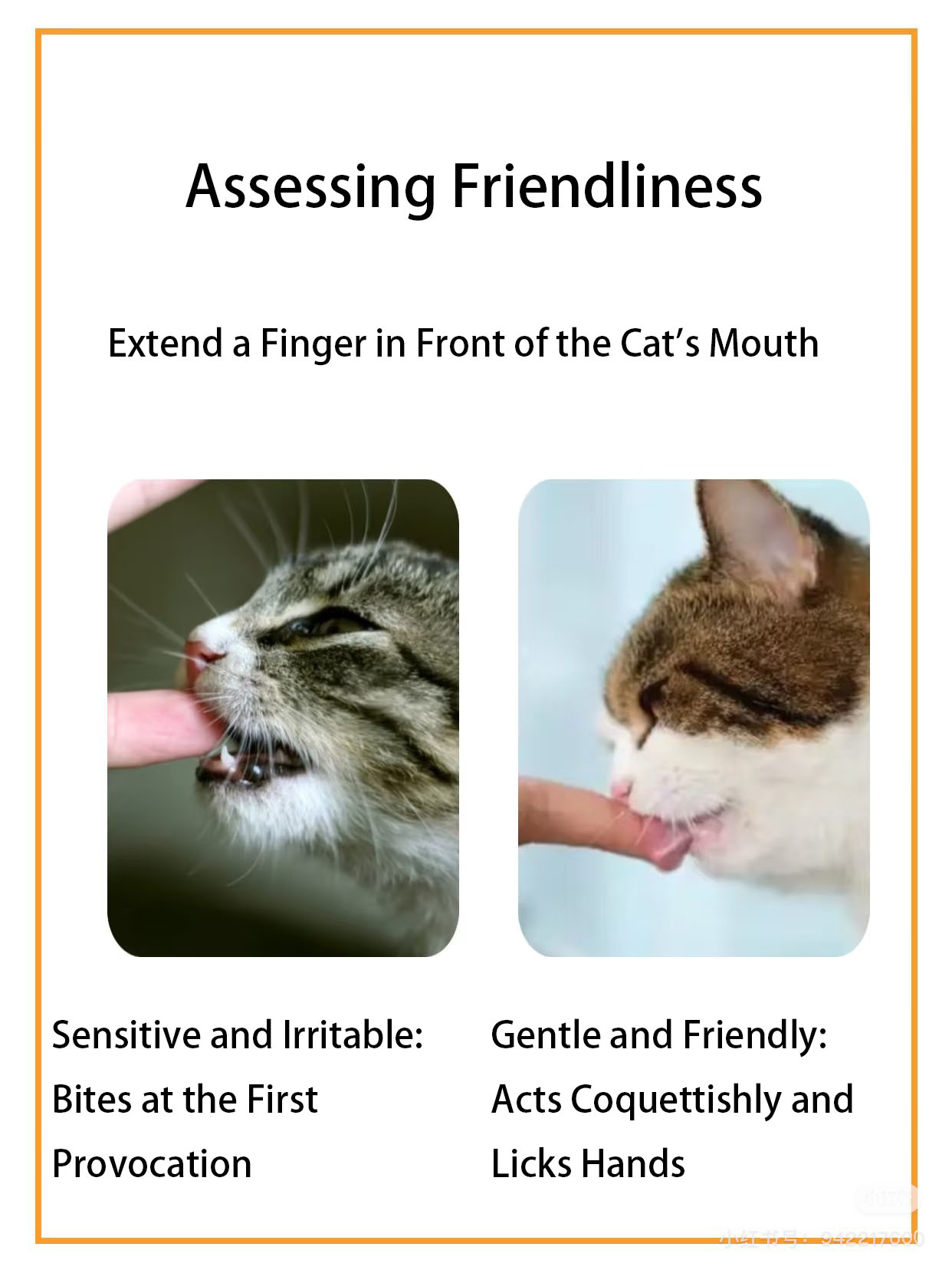Cat Behaviors Reflect its Personality| From 3 Aspects Display
When you first meet a kitten, many people wonder what its personality is like. In fact, every move a kitten makes holds the “code to its character.” By observing their behaviors during daily interactions, playtime, and rest, you can easily understand a kitten’s personality.
Interactive Moment:Interactive Moment: Personality Tendencies Reflected in Behavioral Responses
The way a kitten reacts when you reach out to it is a key indicator of its personality.
Extroverted Kittens’ Behaviors:
These kittens will actively lean in to rub against your hand, gently nuzzle their head into your palm, and even purr softly, eagerly responding to your touch. Their bodies keep relaxed, with tails held upright or gently twitching, signaling comfort and a craving for interaction.
Cautious and Alert Kittens’ Behaviors:
Such kittens show vigilance: ears pressed backward, eyes fixed with wariness. They view from a distance first, taking moments to assess before inching closer tentatively. Their movements are slow and deliberate, often sniffing your hand cautiously before allowing contact—this behavior reflects a cautious nature rather than fear.

Play Behaviors: Decoding Personality Through Vitality
Play is a moment when kittens unleash their instincts and reveal their true personalities.
Strategic and Cunning Kittens’ Behaviors
In contrast, some kittens prefer “tactical play.” Instead of acting impulsively, they first observe the toy’s movement, calculating the perfect moment to strike. You’ll see them crouch low, tail twitching slightly, then launch a sudden ambush with precise timing. This behavior often indicates a clever and alert nature—they treat play as a problem-solving challenge rather than mindless activity.
Laid-back and Indifferent Kittens’ Behaviors
On the opposite end of the spectrum, some kittens show little interest in play. They’d rather lounge lazily nearby, occasionally flicking a paw listlessly as a token gesture. Their lack of engagement isn’t due to fatigue but a preference for calm: they might nap through playtime or only interact when coaxed. Such kittens typically have a relaxed, quiet disposition.

Resting Postures: Truth in Subtlety
A kitten’s resting posture holds hidden clues.
Relaxed and Secure Kittens
These kittens lie on the ground in a “pancake pose”—belly fully exposed, limbs sprawled casually, even twitching gently in their sleep. This posture signals trust in their environment: the vulnerable belly-up position is a clear sign of safety, while loose limb movements show deep relaxation. Some may even stretch into a “superman pose” with legs splayed behind them, reinforcing their carefree demeanor.
Anxious and Sensitive Kittens
In contrast, insecure kittens curl into tight balls, tucking their heads under front paws or seeking out tiny, hidden corners. This behavior mirrors their inner tension: the fetal curl protects vital organs, while choosing enclosed spaces (like under furniture) reflects a need for security. You may notice their ears twitching or bodies tensed even while resting, a telltale sign of underlying sensitivity.

By observing a kitten’s behavior during interaction, play, and rest, we can roughly judge its personality. However, every kitten is unique, and its character may also change with the growing environment and time spent with its owner. Only by accompanying it with care can we truly enter the kitten’s inner world and build a deep emotional bond.


